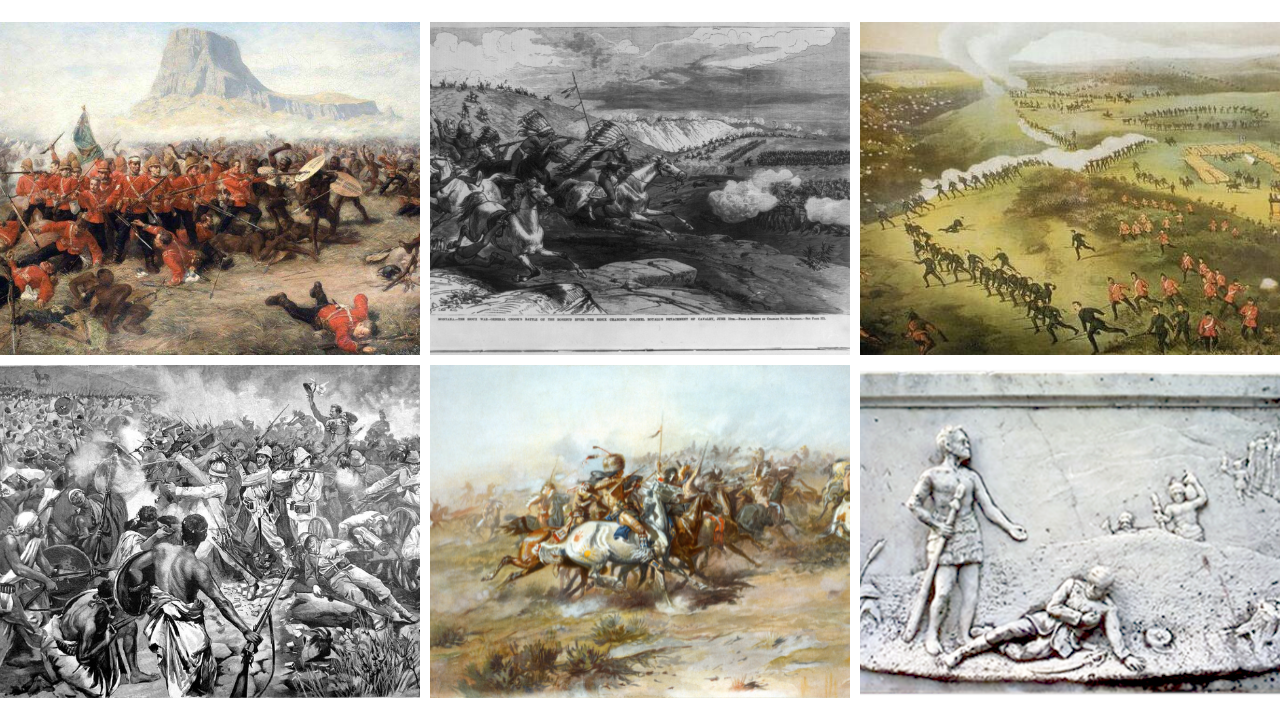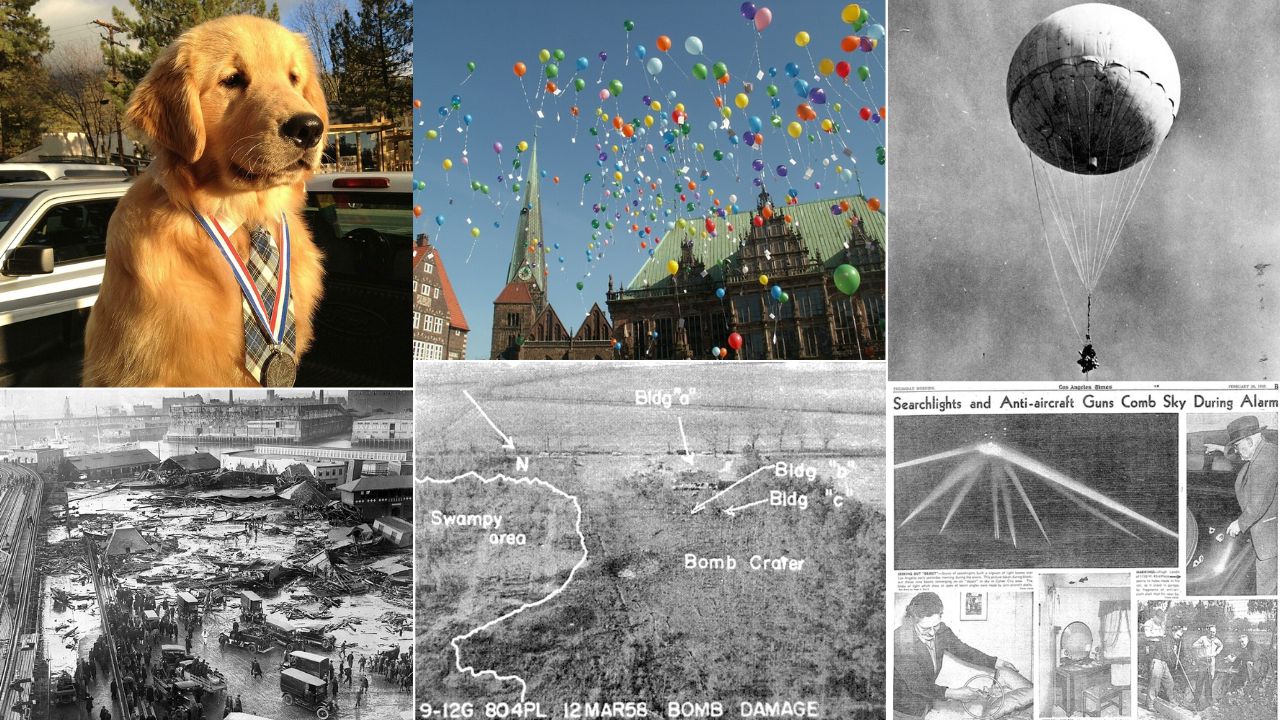History usually clings to imperial victories and overlooks the days they stumbled. These battles show Indigenous nations reading ground, weather, politics, and rival egos with sharp precision. Victories came from coordination, memory, and a refusal to surrender homelands to distant crowns or companies. None of these moments were simple or permanent, but each exposed the limits of empire and preserved a record of courage on Indigenous terms.
Battle of Mactan, Philippines, 1521
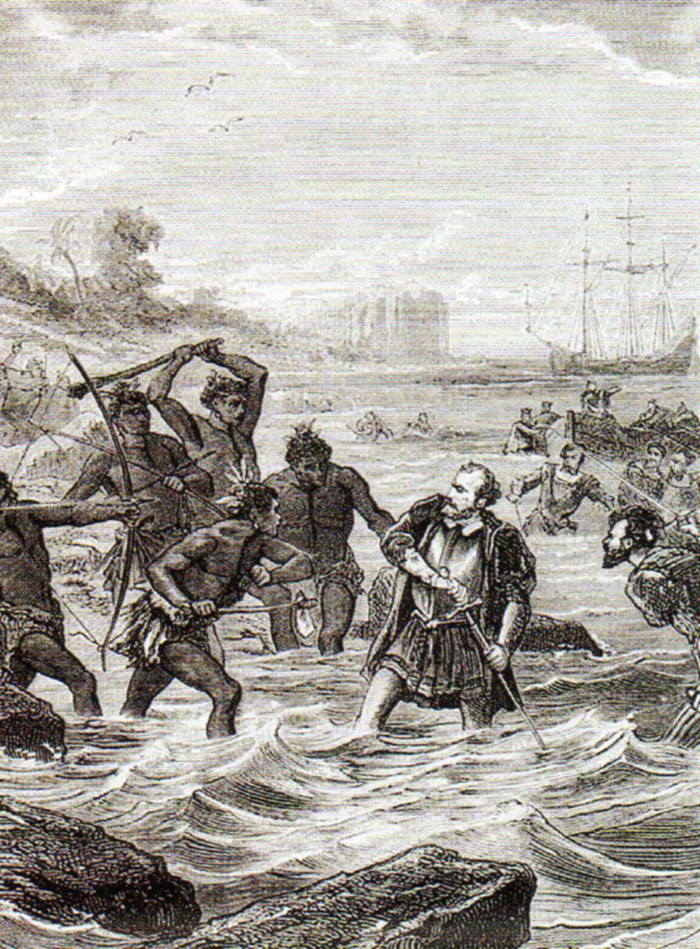
On the shores of Mactan, Lapulapu’s fighters pulled Spanish troops into knee-deep water that broke ranks and blunted firearms. Armor slowed the invaders while disciplined island warriors struck from multiple angles. Magellan fell, the landing collapsed, and the illusion of automatic European dominance fractured at the first real test in the archipelago.
Battle of Curalaba, Mapuche Territory, 1598
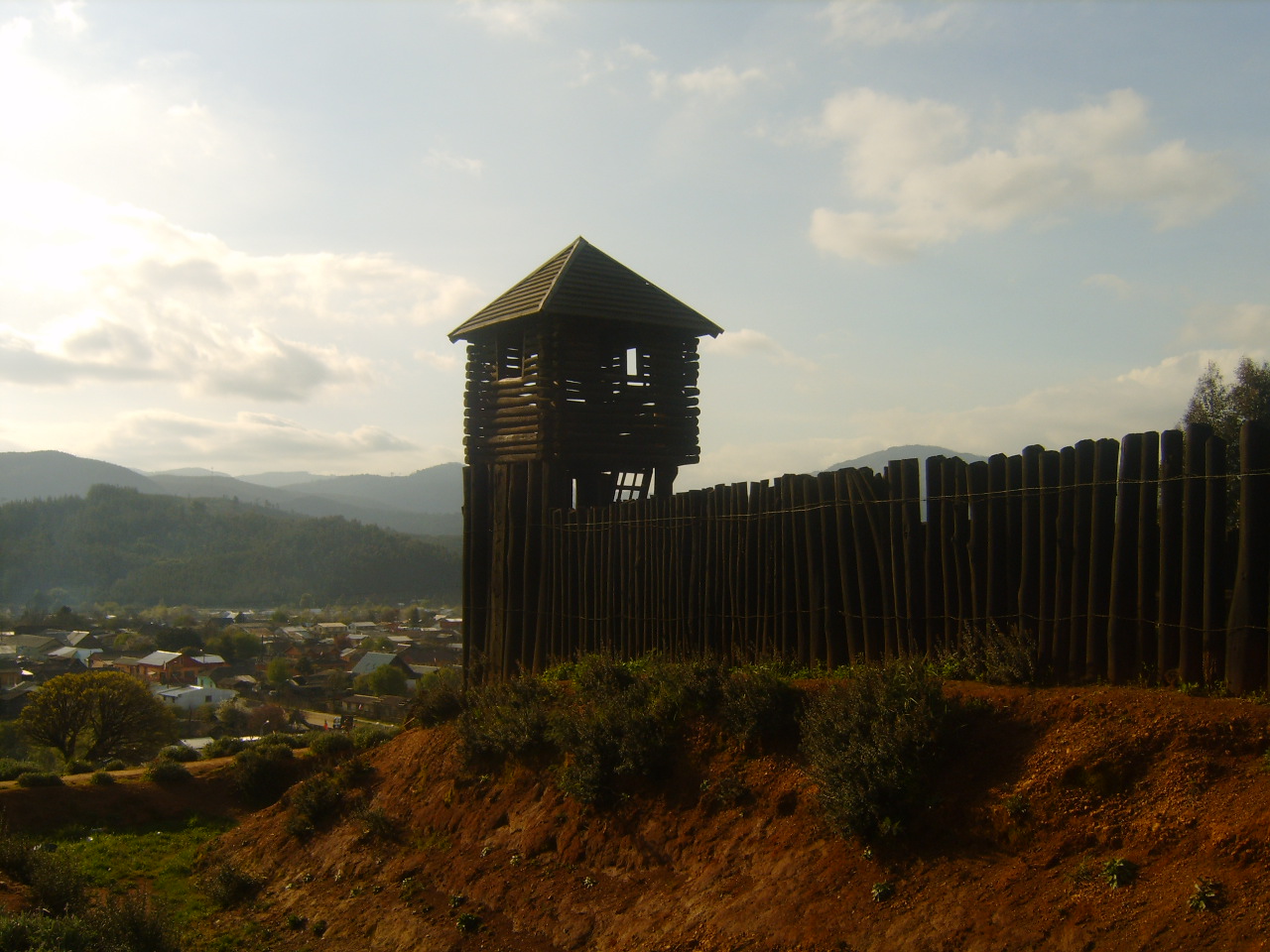
At Curalaba, Mapuche scouts tracked movements, read river crossings, and closed in on the governor’s column during night rain. The ambush shattered Spanish command and confidence in a single stroke. In the years that followed, forts burned, towns fell, and an entire frontier froze, forcing Spain to negotiate with an Indigenous power it could not overrun.
Pueblo Revolt, New Mexico, 1680

The Pueblo Revolt rose from years of forced labor, religious repression, and executions of spiritual leaders. Messages traveled by runners and knotted cords as villages moved in concert against missions, farms, and garrisons. Spanish rule broke, survivors fled south, and for more than a decade Pueblo communities reclaimed sacred sites, crops, and collective decision making.
Battle of Adwa, Ethiopia, 1896
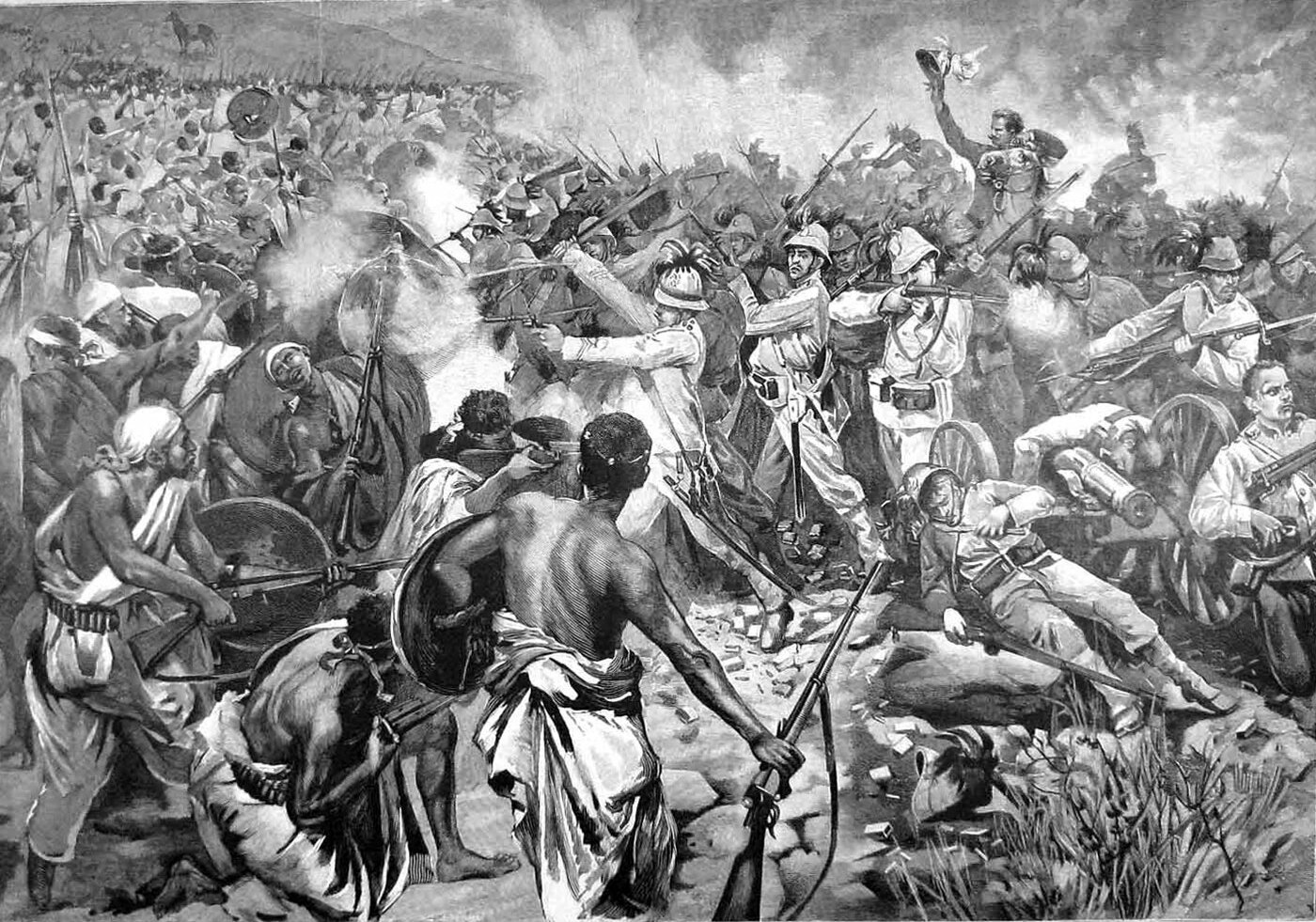
At Adwa, Ethiopian leaders gathered fighters from across the highlands, studied Italian plans, and chose ground that punished confusion. When mismatched columns staggered into range, Ethiopian artillery, cavalry, and riflemen hit with disciplined force. The invaders broke, their claims unraveled, and an African empire held its sovereignty while quietly dismantling myths of European inevitability.
Battle of Isandlwana, Zulu Kingdom, 1879
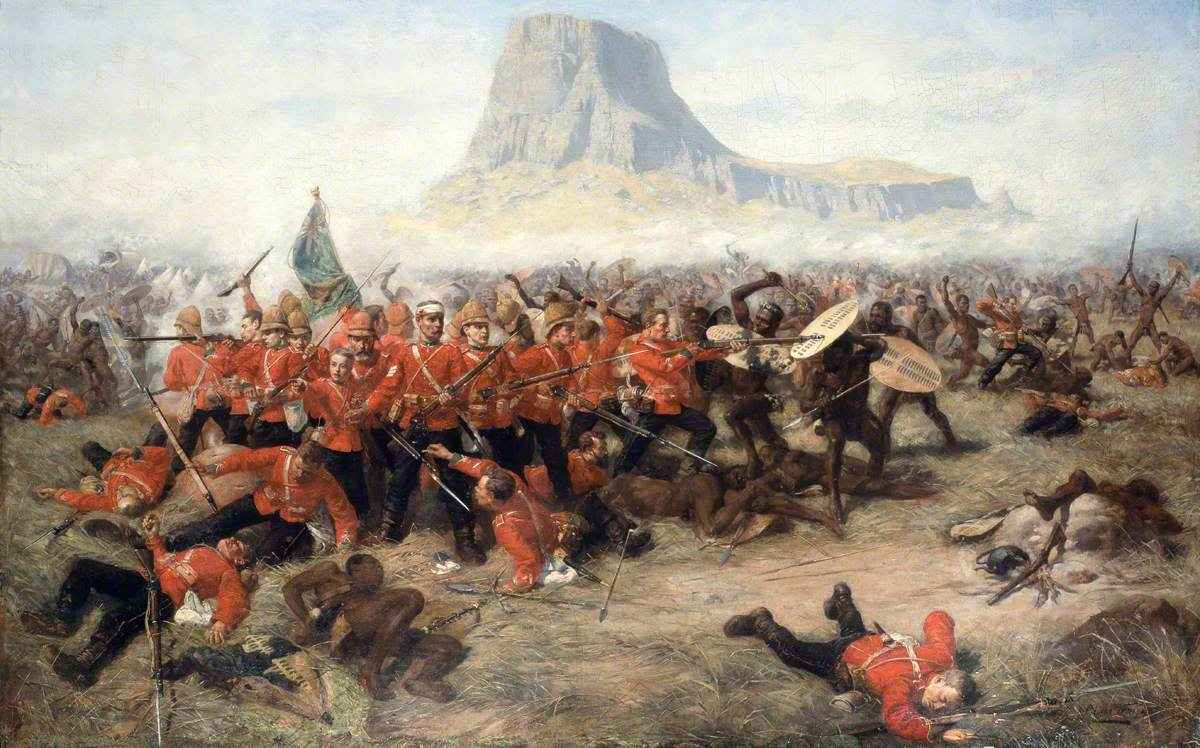
Near Isandlwana, Zulu commanders used ridges and folds in the earth to hide fast-moving regiments until their horns formation could close. British troops, stretched thin and short on ammunition, tried to hold against spears and rifles pressing from several sides. Companies collapsed under the pressure. The defeat carried back a hard truth: contempt is not a plan.
Battle of Pukehinahina (Gate Pa), Aotearoa, 1864
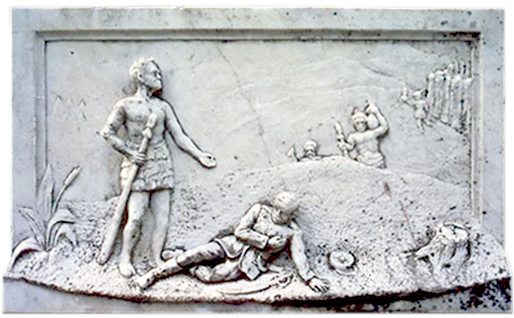
At Gate Pa, Maori engineers built trenches, bunkers, and angled palisades that soaked up artillery fire while defenders waited. British troops advanced, believing the position broken, and met precisely aimed volleys at close range. Casualties spiked, the assault faltered, and Maori leadership later tended wounded enemies, pairing tactical clarity with a deliberate ethic of restraint.
Ōhaeawai Pa, Aotearoa, 1845
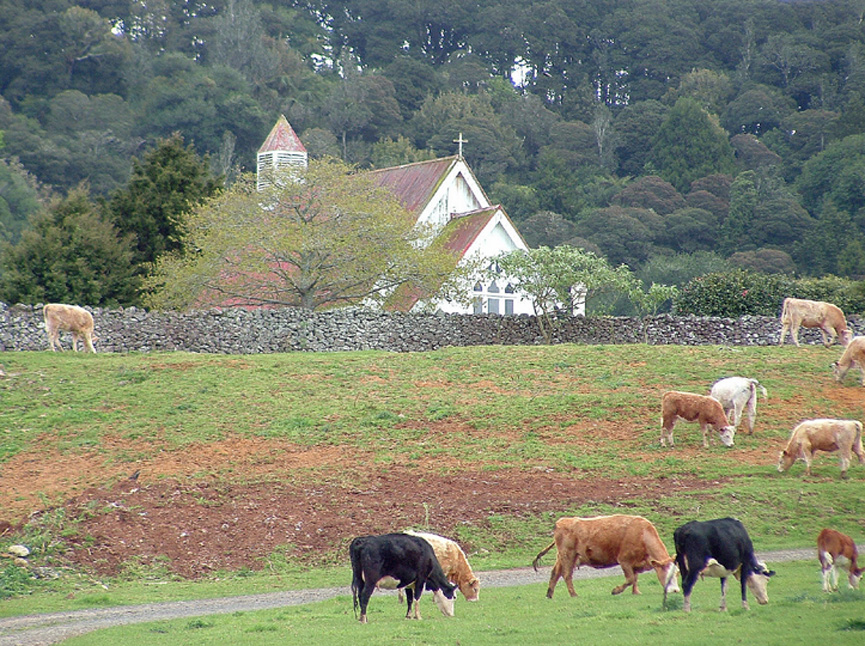
Ōhaeawai Pa turned imported firepower into wasted effort. Behind flax screens and deep shelters, Maori defenders rode out bombardment that should have cleared the way. When infantry closed in, concealed positions opened fire along measured lines and shattered the advance. The design echoed into later conflicts, its influence reaching far beyond the volcanic slopes where it began.
Battle of the Little Bighorn, Plains, 1876
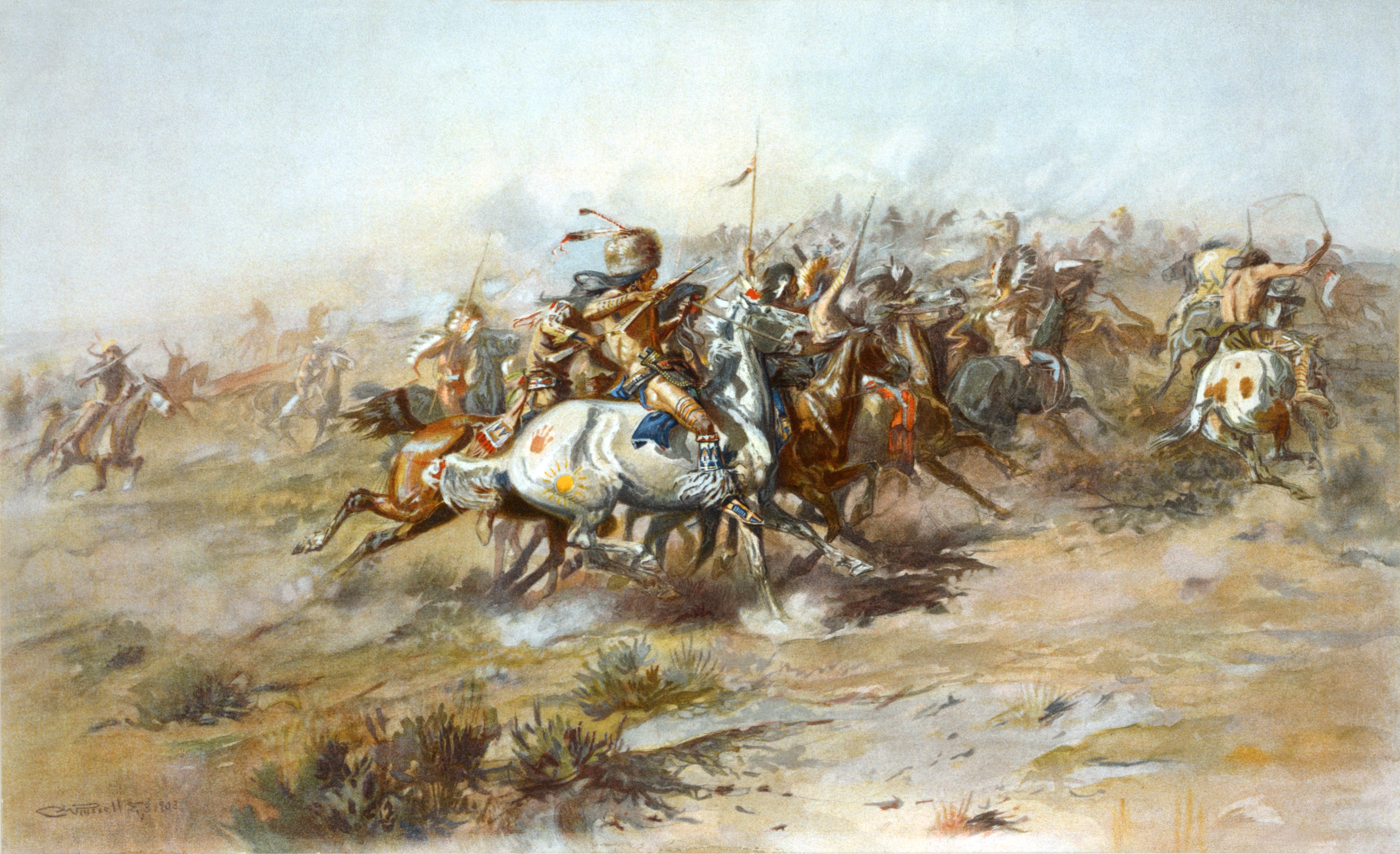
Along the Greasy Grass, Lakota, Northern Cheyenne, and Arapaho leaders refused to scatter before advancing columns. Custer split his regiment, misread the village, and rode into a force that moved faster, communicated better, and understood the terrain completely. Companies were surrounded and erased. The victory did not halt conquest, but it shattered illusions of effortless expansion.
Battle of the Rosebud, Montana Territory, 1876
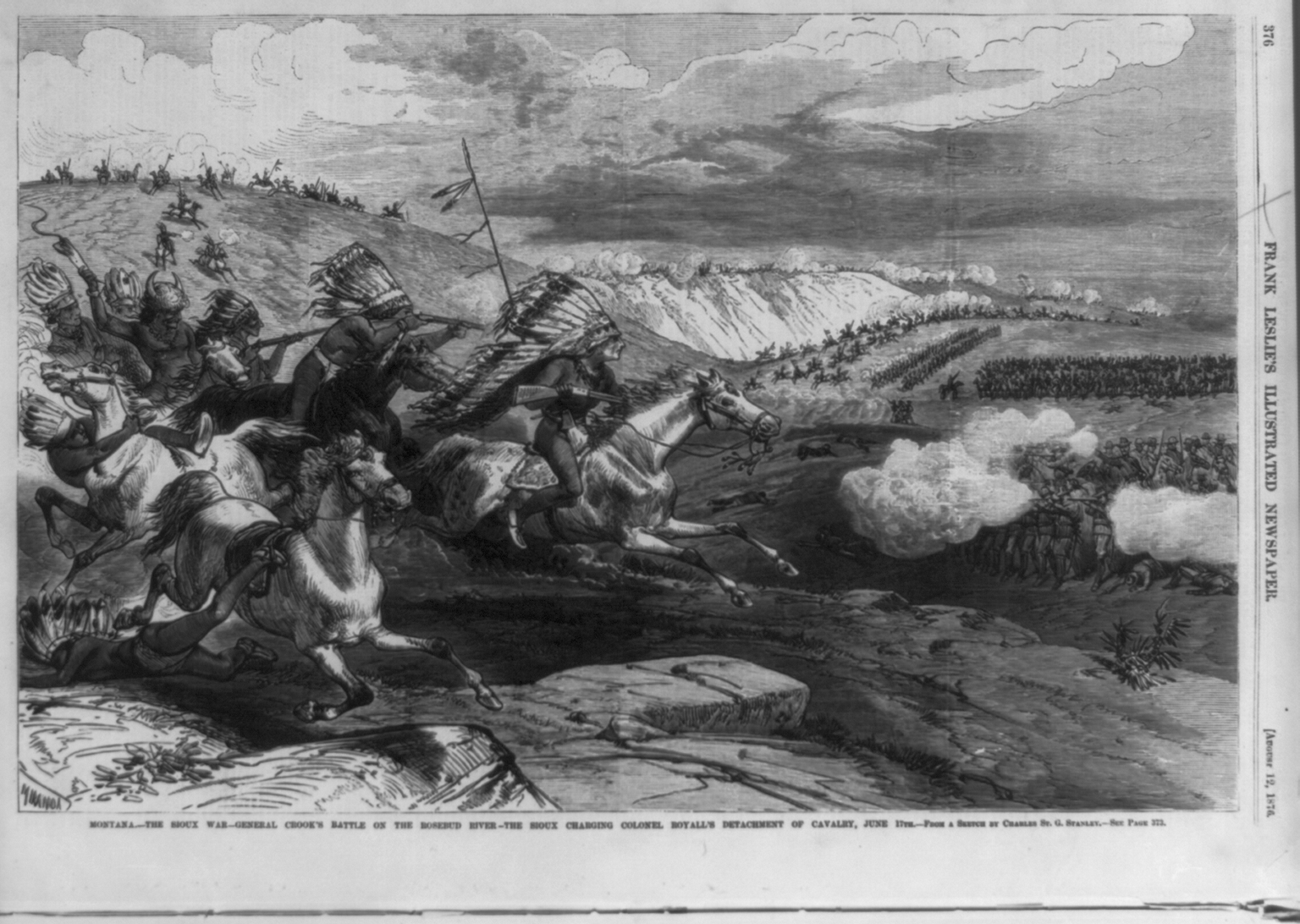
At the Rosebud, allied warriors under Crazy Horse met General Crook’s column in broken country cut by coulees and ridges. Fighting surged for hours as Indigenous fighters struck flanks, seized high points, and forced Crook to fall back. That decision kept his troops from joining Custer and quietly tilted the campaign’s balance before Little Bighorn was ever fought.
First Battle of the Stronghold, Modoc Lands, 1873
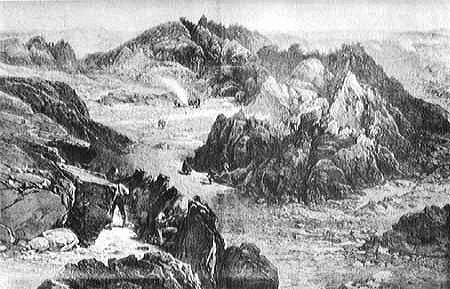
In the lava beds, Modoc families followed Kintpuash into a natural fortress of ridges, cracks, and black rock. A small group positioned rifles to cover every approach while fog and silence confused attacking troops. Repeated assaults stalled with heavy losses. It was measured defense, not spectacle, turning intimate knowledge of home ground into a barrier no plan could simplify.
Battle of Cut Knife, Cree-Assiniboine Territory, 1885
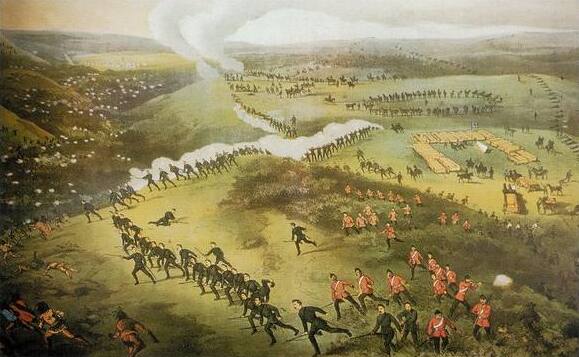
At Cut Knife, Cree and Assiniboine defenders absorbed an early attack, then moved through coulees and brush to strike from covered ground. Canadian troops broke and began to retreat, and warriors could have turned withdrawal into disaster. Poundmaker urged restraint. The day closed on Indigenous tactical success and a clear exposure of how official stories reversed who needed protection.
